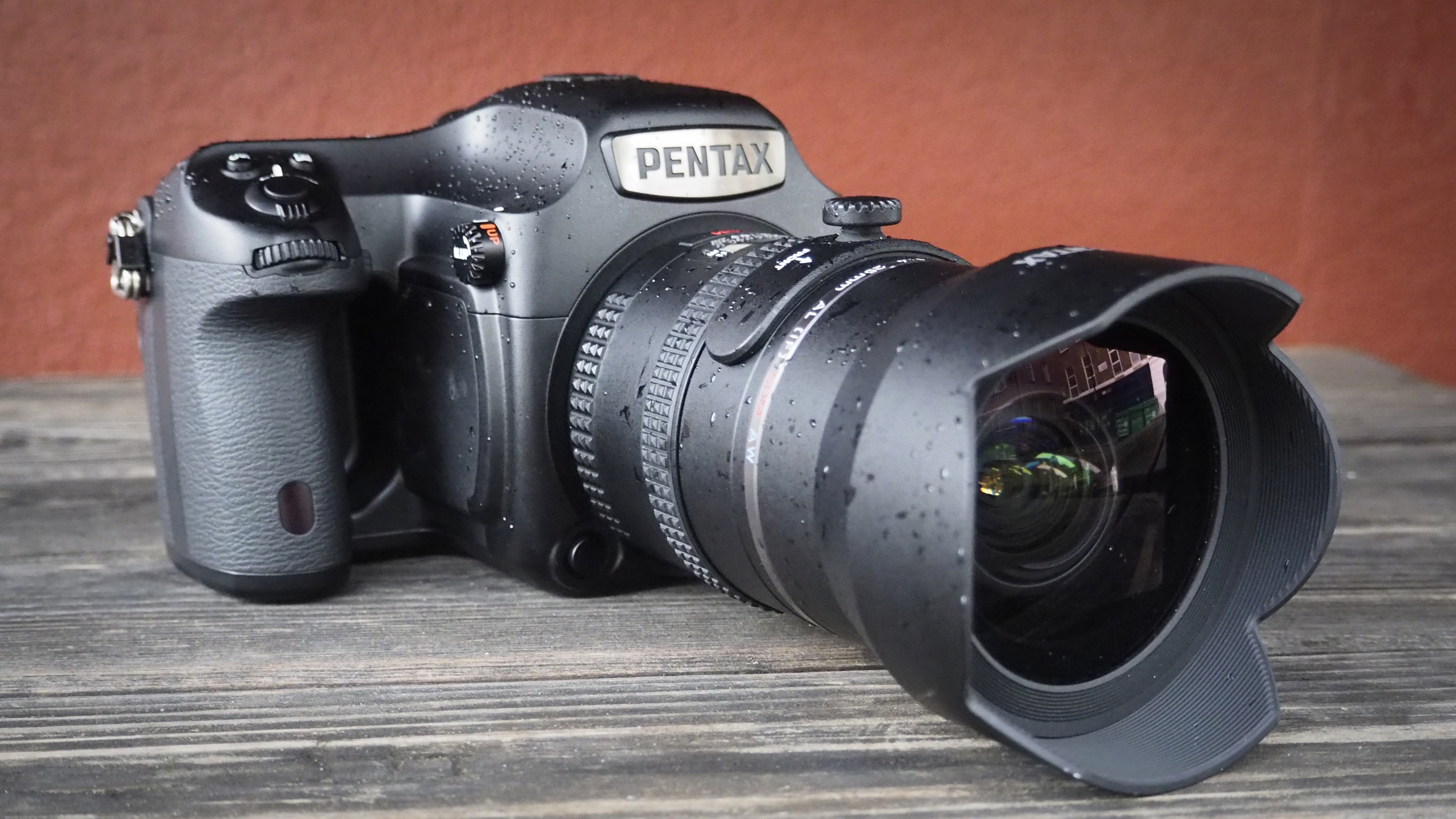Why you can trust TechRadar
In the days of film photography, medium format cameras weren't just the preserve of professional photographers, many enthusiasts used them as well. Just as with digital photography, the larger frame brought better quality images that could be blown up to bigger sizes.
Sadly, the price of the average digital medium format camera puts it well beyond the reach of most enthusiasts. At around £7,700/US$9,700/AU$12,700 for a camera body and 55mm lens the Pentax 645Z is still too expensive for most enthusiast photographers, but it costs just a fraction of what a comparable Hasselblad kit would set you back, so there is lots of interest amongst experienced photographers.
Despite being at the 'more affordable' end of the digital medium format camera market, the Pentax 645Z gives a very good account of itself. It's a solidly built camera with weatherproof and dustproof seals that make it safe to use outside of the studio. It's not the lightest camera in the world, but it has chunky, comfortable grips that make it pleasant to use hand-held. The white balance, autofocus and exposure systems also work well (although you need to look out for bright areas triggering underexposure) and its not far off being a 'point-and-shot' medium format camera if you want it to behave in such a way.
In addition, the average enthusiast photographer who knows his or her way around a mid-to-high-end SLR will find that they quickly get to grips with its control layout and menu arrangement.
The controls and menus are also responsive and there are some useful features such as the ability for the screen display to rotate when the camera is turned for upright images. Live View technology is novel on a medium format camera and its seems a very logical addition. Medium format cameras are often used mounted on a tripod and in the studio, both of which make using Live View viable. It's a shame that Pentax has opted to give the 645Z a tilting screen rather than a full articulating one, which would make using Live View even more convenient.
We liked
The step up to medium photography can be daunting, but Pentax has made it much easier by using a similar interface for the 645Z as it does for its K-series SLRs. It doesn't take long to feel confident using the camera and the large grip, fast autofocusing system and conveniently laid out controls make it easy to use hand-held.
I also really liked being able to compose images on the rear screen when the camera was in the studio, it seems a natural progression from a waist-level finder on a medium format camera.
Sign up for breaking news, reviews, opinion, top tech deals, and more.
We disliked
It's great to have quick access to features such as mirror lock-up, which has a dedicated switch, but there are a few controls on the top of the camera that are likely to be superfluous for many 645Z users and it's a shame that there aren't more customisation options available for users to set-up the camera to meet their own specific requirements.
The menu also looks very dated.
Final verdict
The main aim of using a medium format camera is to produce higher quality images than is possible with a small format camera and the Pentax 645Z certainly delivers in this respect. Images have a superb amount of detail and colours are generally natural, yet vibrant straight from the camera. As mentioned earlier, you need to keep an eye on the exposure when there are bright areas in the scene, but that well within the capability of the type of photographer who will be attracted to the 645Z.
Another benefit of having such a large sensor is that it's possible to restrict depth of field dramatically. This is immediately apparent as soon as you start shooting with the 645Z and many photographers will find that they need to use smaller apertures than they are used to in order to produce a wide enough sharp area.
It will be very interesting to see how the 645Z sells, especially now that we have tiny full-frame compact system cameras like the Sony Alpha 7R and versatile high-resolution SLRs like the Nikon D810.
